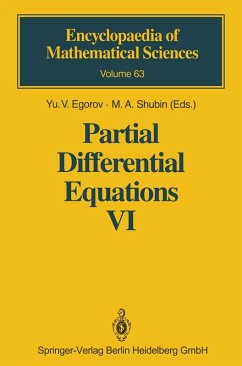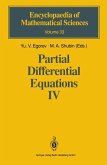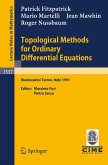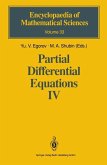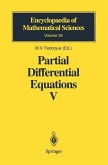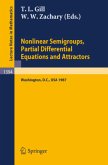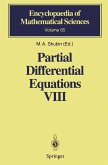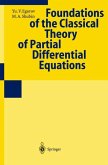0. 1. The Scope of the Paper. This article is mainly devoted to the oper ators indicated in the title. More specifically, we consider elliptic differential and pseudodifferential operators with infinitely smooth symbols on infinitely smooth closed manifolds, i. e. compact manifolds without boundary. We also touch upon some variants of the theory of elliptic operators in !Rn. A separate article (Agranovich 1993) will be devoted to elliptic boundary problems for elliptic partial differential equations and systems. We now list the main topics discussed in the article. First of all, we ex pound theorems on Fredholm property of elliptic operators, on smoothness of solutions of elliptic equations, and, in the case of ellipticity with a parame ter, on their unique solvability. A parametrix for an elliptic operator A (and A-). . J) is constructed by means of the calculus of pseudodifferential also for operators in !Rn, which is first outlined in a simple case with uniform in x estimates of the symbols. As functional spaces we mainly use Sobolev £ - 2 spaces. We consider functions of elliptic operators and in more detail some simple functions and the properties of their kernels. This forms a foundation to discuss spectral properties of elliptic operators which we try to do in maxi mal generality, i. e. , in general, without assuming selfadjointness. This requires presenting some notions and theorems of the theory of nonselfadjoint linear operators in abstract Hilbert space.

